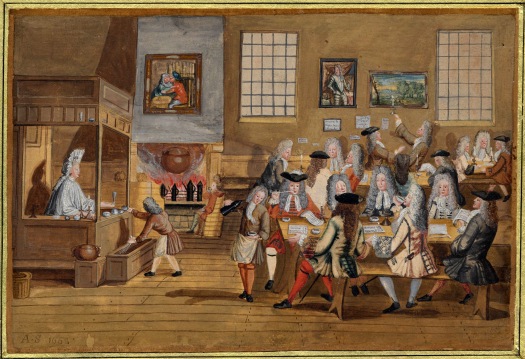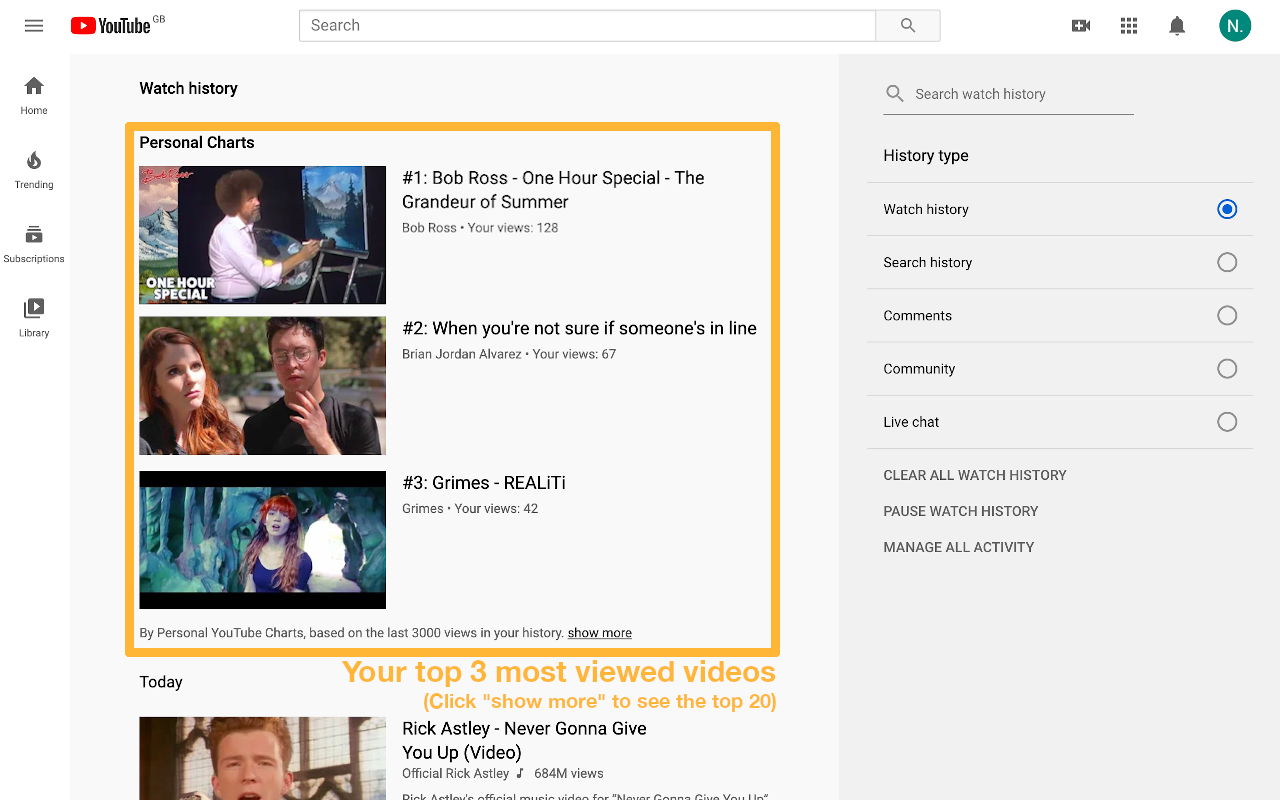Elena Ferrante, Frantumaglia – A Writer’s Journey: Not much is known about the real person behind the pseudonymous Elena Ferrante, author most notably of the Neapolitan Quarter, and she doesn’t reveal much more in this collection of letters and interviews. To the contrary, throughout Frantumaglia she defends her decision to stay out of the public eye over and over – as if she wanted all angles to her argument out there in print so that this topic would be exhausted for good. I like the simple case she’s been making since her early years as a published author: the books are enough; in the work there is everything she has to say. This is of course profoundly true, and also delusional. For almost anybody else competing for attention in the rarefied sphere of literary fiction this is a terrible guiding principle! Her extraordinary talent and skill afford her this idealism that strips away any pretensions of the business of publishing.
We learn that she sharpens her skill by writing for the drawer a lot, apparently for years at a time. Then at some point the right material and the right moment come together, and something as monumental as the Neapolitan Quartet just – in her words – spins out:
I have stories, unpublished, in which the attention to form was inordinate, I couldn’t go on if every line didn’t seem perfect. When that happens, the page is beautiful but the story false. I want to insist on this point, it’s something I’m very familiar with: the story moves forward, I like it, in general I finish it. But in fact it’s not a narrative that gives me pleasure. The pleasure – I soon discover – all came from my obsessive refinement of expression, from maniacally polishing the sentences. I would say, in fact, that at least as far as I’m concerned, the greater the attention to the sentence, the more laboriously the story flows. A state of grace begins when the writing is concerned only with the hanging on to the story. With the Neapolitan Quartet that happened immediately, and it lasted. Months passed, the story spun out rapidly, I didn’t even try to reread what I had written. For the first time, in my experience, memory and imagination provided me with an increasingly substantial quantity of material that, instead of crowding the story and confusing me, arranged itself there in a sort of tranquil crush, useful for the increasing needs of the narrative.
Her distinction here between writing and storytelling seems like a key to her work and explains my intense experience reading (actually, listening to) the Neapolitan Quartet. With the language often simple on the page, even a bit raw, the story unfolds with a force that allows it to cover such a large span of decades with such a large cast of memorable characters.



